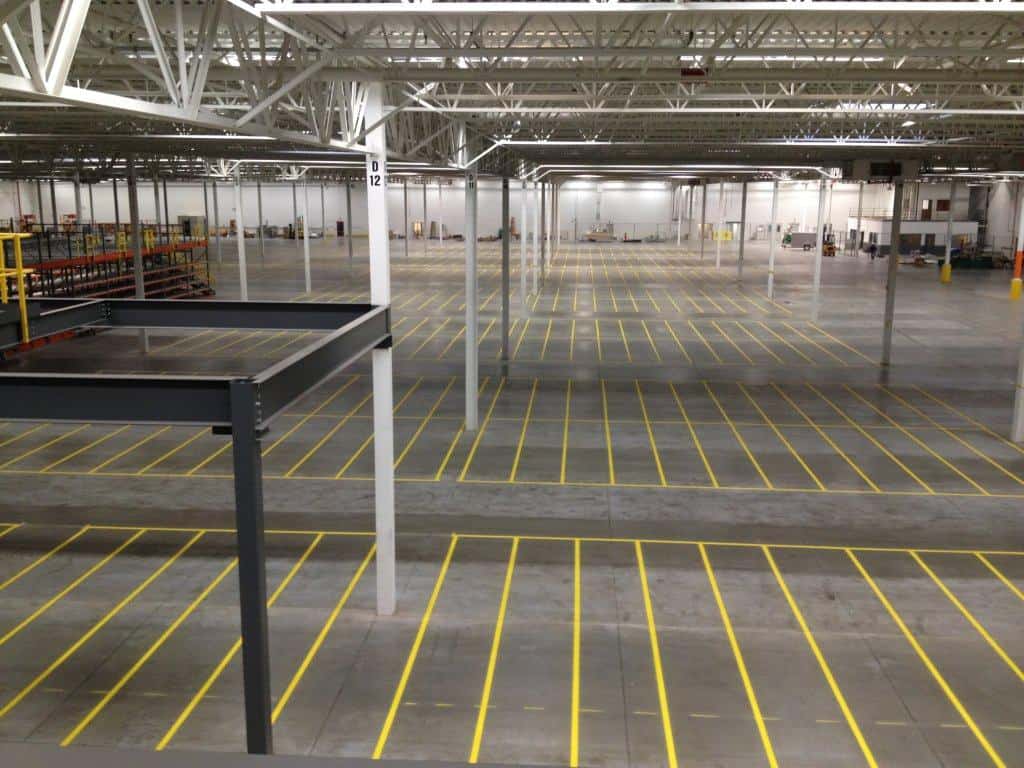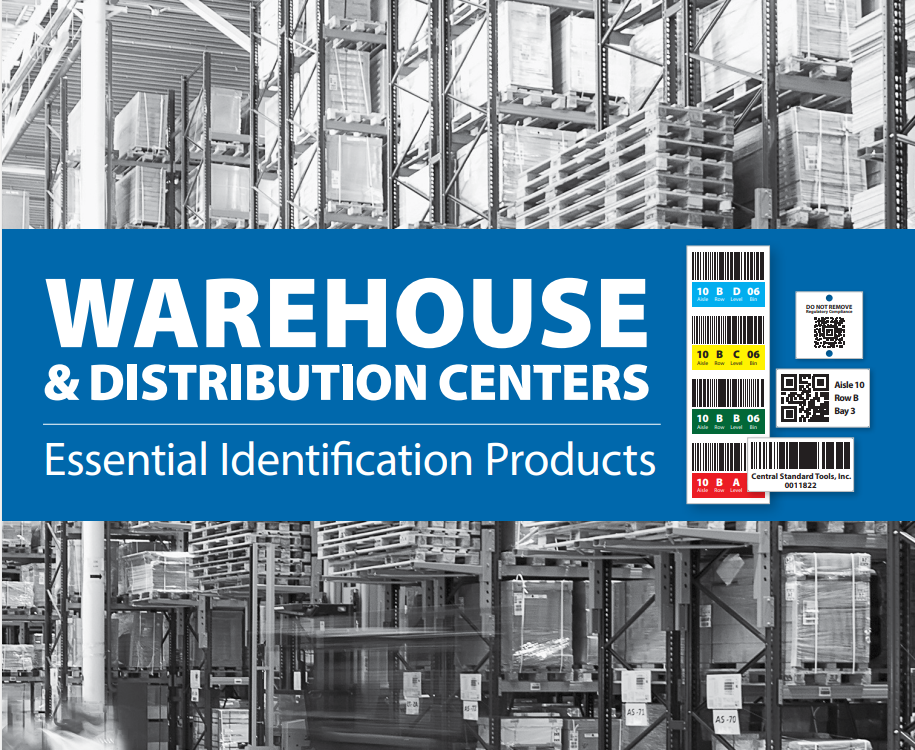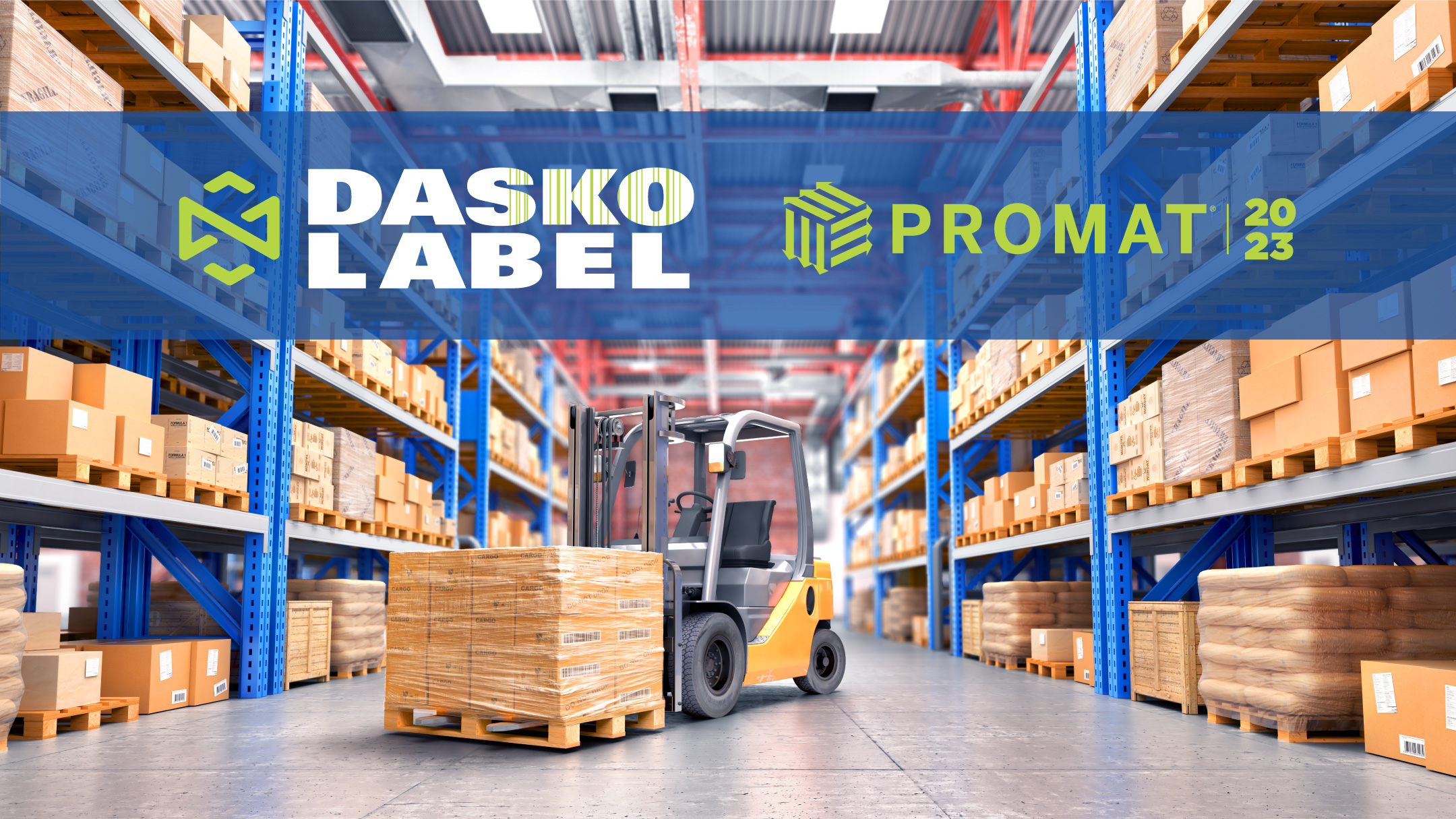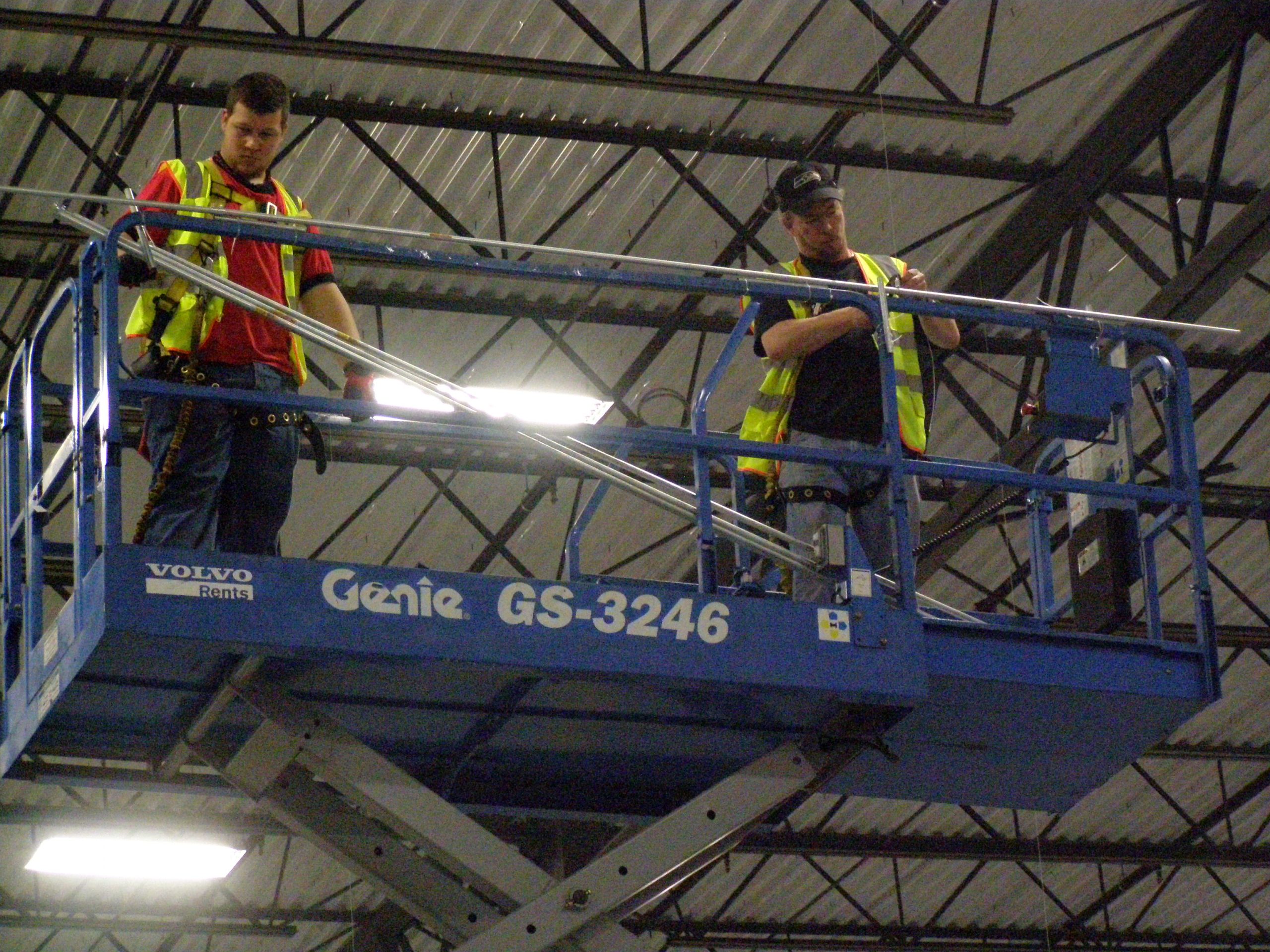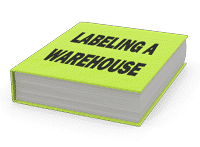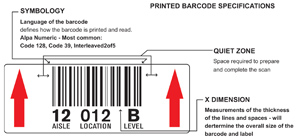
The printed bar code must then be matched with the scanner that will read the bar code to confirm a successful read. The interaction of a specific scanner with a printed bar code determines the read rate and scan distance that can be achieved. The ability to scan a bar code and the distance that can be achieved may vary greatly based on the scanner capabilities or depth of field.
Another variable is the material the label is printed on. The scanner reads the lines and spaces as light and dark. The better the contrast, the better the scan. This is why a black and white label provides the best scan. To improve scanning distance for long range scanning, DASKO offers a reflective label material. When this is used with a large bar code and a long range scanner, scanning distances of 25 to 40+ feet are possible.
DASKO can save you time and money because we understand all these variables. We can help you determine the bar code specifications that will work with your scanners, for your application, resulting in a first time read, every time you scan.

